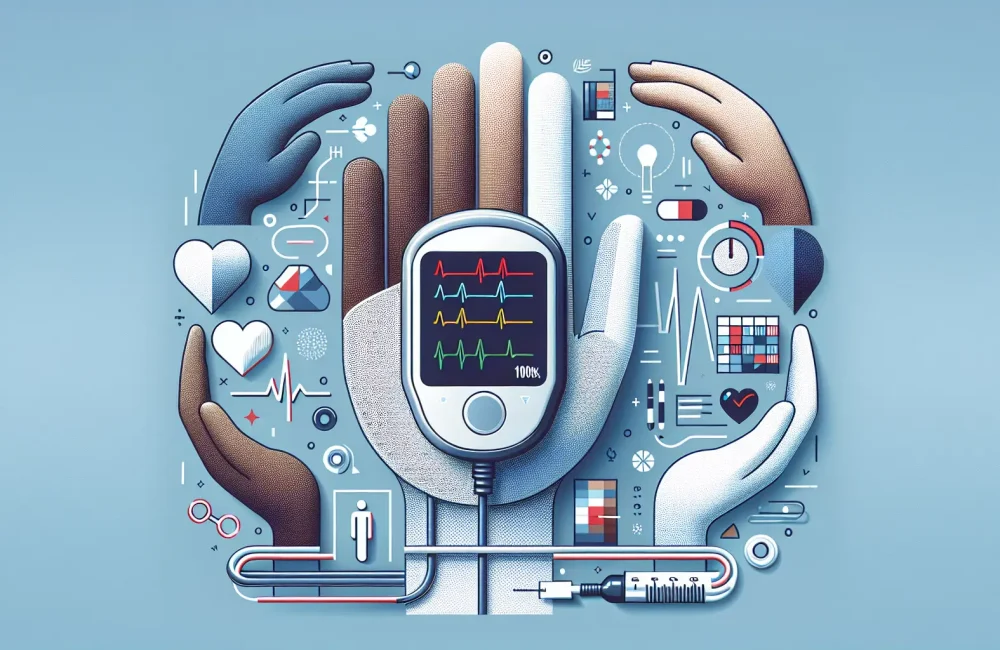By CAFMI AI From NEJM AI
Variability and Challenges in Clinical AI Monitoring Systems
Clinical artificial intelligence (AI) monitoring systems have emerged as promising tools to enhance patient care by providing real-time alerts and decision support. However, not all AI monitoring systems perform equally across clinical settings, highlighting substantial disparities in their accuracy, usability, and overall clinical impact. One major challenge is the variability in data sources used to train and validate these systems. Clinical environments differ widely—ranging from academic medical centers with extensive electronic health record (EHR) capabilities to community hospitals with more limited digital infrastructure. Such discrepancies can lead to inconsistent performance, where an AI model that performs well in one center may falter in another due to differences in patient demographics, data quality, and clinical workflows.
Additionally, validation methodologies vary considerably across AI tools, contributing further to uncertainty around their real-world effectiveness. Many systems undergo internal validation but lack external multicenter validation, which is crucial to prove generalizability. Without robust validation, the risk of false alerts or missed detections increases, potentially leading to alert fatigue or harm. Clinicians must recognize these challenges when considering AI monitoring implementation, as the absence of standardized evaluation frameworks can hinder integration into everyday practice. Differences in alert burden and detection accuracy between systems are also key factors influencing clinician acceptance and patient outcomes.
Recommendations for Safe and Effective AI Monitoring Integration
To bridge these gaps and optimize clinical AI monitoring, the reviewed article advocates for a comprehensive set of recommendations centered around standardization, transparency, and collaboration. A critical step is the establishment of standardized metrics that encompass not only accuracy but also alert relevance, clinical utility, and impact on workflow. Standard metrics enable objective comparison across systems and facilitate more informed decision-making by healthcare organizations.
Furthermore, conducting multicenter validation studies is emphasized to ensure that AI monitoring tools are generalizable across diverse healthcare environments and patient populations. Such validation improves reliability and supports regulatory approval processes. Integral to this process is the integration of clinician feedback in development and post-deployment phases. By involving end-users, developers can tailor AI tools to real-world clinical needs, reducing alert fatigue and fostering user trust.
Ethical and regulatory considerations are paramount, with patient safety and data privacy highlighted as foundational principles. Transparent reporting standards regarding the AI system’s design, training data, and limitations are essential to uphold accountability and build clinician confidence. Healthcare institutions need to balance innovation with caution, ensuring that AI systems do not compromise care quality or exacerbate disparities.
Clinical Implications and Future Directions for AI Monitoring
The clinical implications of disparate AI monitoring system performance are profound. Inaccurate or inconsistent alerts can contribute to diagnostic errors, delayed interventions, and clinician burnout. Awareness of a tool’s strengths and limitations must guide its deployment within care pathways. For example, an AI system with high sensitivity but moderate specificity might be best suited for preliminary screening, followed by clinician review.
The article also discusses practical considerations for clinicians and healthcare systems. Primary care workflows should incorporate ongoing performance monitoring of AI tools and regular training updates for clinical staff. Counseling points for patients include transparency about AI’s role in their care and assurances regarding data privacy protections. Early detection of red flags in system performance, such as sudden changes in alert volume or accuracy, is vital to prevent patient harm.
Looking forward, fostering collaboration among AI developers, healthcare professionals, and regulators is critical to advance AI monitoring technologies. Joint efforts can promote the development of interoperable systems that integrate seamlessly into existing EHRs, improving usability. Moving towards a learning health system model, where AI continuously adapts based on clinician input and patient outcomes, will further enhance safety and effectiveness. Ultimately, prudent implementation backed by rigorous evaluation and ethical oversight can harness the full potential of AI monitoring to improve patient outcomes safely.
Read The Original Publication Here






